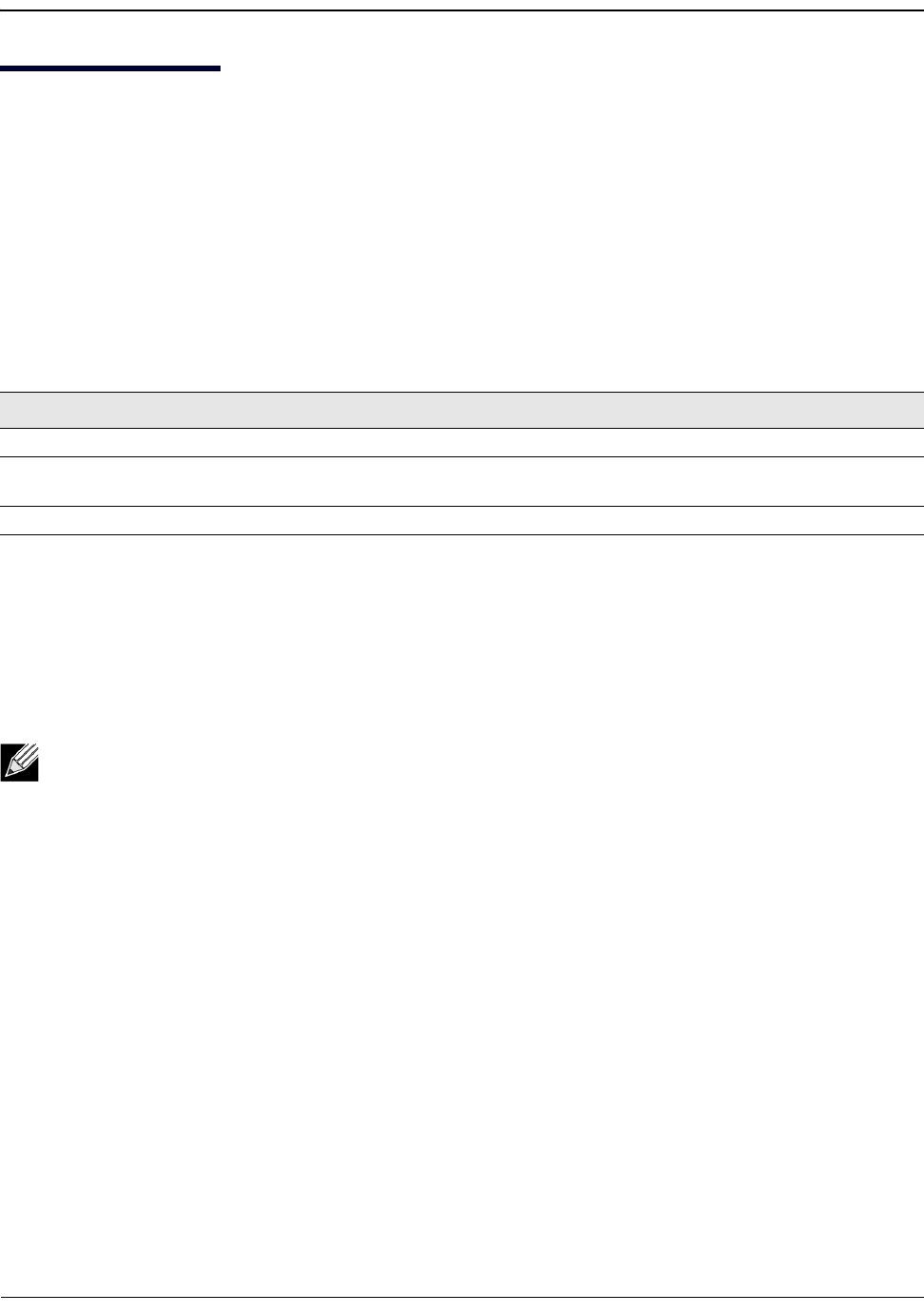Users Guide
Table Of Contents
- Revision History
- Table of Contents
- Regulatory and Safety Approvals
- Functional Description
- Network Link and Activity Indication
- Features
- Software and Hardware Features
- Virtualization Features
- VXLAN
- NVGRE/GRE/IP-in-IP/Geneve
- Stateless Offloads
- UDP Fragmentation Offload
- Stateless Transport Tunnel Offload
- Multiqueue Support for OS
- SR-IOV Configuration Support Matrix
- SR-IOV
- Network Partitioning (NPAR)
- RDMA over Converged Ethernet – RoCE
- Supported Combinations
- Installing the Hardware
- Software Packages and Installation
- Windows Driver Advanced Properties and Event Log Messages
- Teaming
- System-level Configuration
- ISCSI Boot
- VXLAN: Configuration and Use Case Examples
- SR-IOV: Configuration and Use Case Examples
- NPAR – Configuration and Use Case Example
- RoCE – Configuration and Use Case Examples
- DCBX – Data Center Bridging

ISCSI BootNetXtreme-E User’s Manual
September 4, 2019 • NetXtreme-E-UG103 Page 54
ISCSI Boot
Broadcom NetXtreme-E Ethernet adapters support iSCSI boot to enable the network boot of operating systems
to diskless systems. iSCSI boot allows a Windows, Linux, or VMware operating system to boot from an iSCSI
target machine located remotely over a standard IP network.
Supported Operating Systems for iSCSI Boot
The Broadcom NetXtreme-E Gigabit Ethernet adapters support iSCSI boot on the following operating systems
(see Table 21):
Setting up iSCSI Boot
Refer to the following sections for information on setting up iSCSI boot.
Configuring the iSCSI Target
Configuring the iSCSI target varies per the target vendor. For information on configuring the iSCSI target, refer
to the documentation provided by the vendor. The general steps include:
1. Create an iSCSI target.
2. Create a virtual disk.
3. Map the virtual disk to the iSCSI target created in Step 1 on page 54.
4. Associate an iSCSI initiator with the iSCSI target.
5. Record the iSCSI target name, TCP port number, iSCSI Logical Unit Number (LUN), initiator Internet
Qualified Name (IQN), and CHAP authentication details.
6. After configuring the iSCSI target, obtain the following:
• Target IQN
• Target IP address
Table 34: Supported Operating System List for iSCSI Boot
OS Flavor Distribution
Windows Windows 2012 R2, 2016, or 2019
Linux Redhat RHEL 6.10, RHEL 7.5, RHEL 7.6, RHEL 8.0
SLES 15 SP1
VMWare ESXi 6.5 U3 or 6.7 U2
Note: Windows 2016 (or older) may have an outdated inbox driver which only supports forced
Linkspeed. To avoid installation issues such as the inability to link up to a mismatching link partner, it
is highly recommended that the user customize the Windows Installation image/media with the latest
available NIC driver which supports Linkspeed Auto-negotiation.










